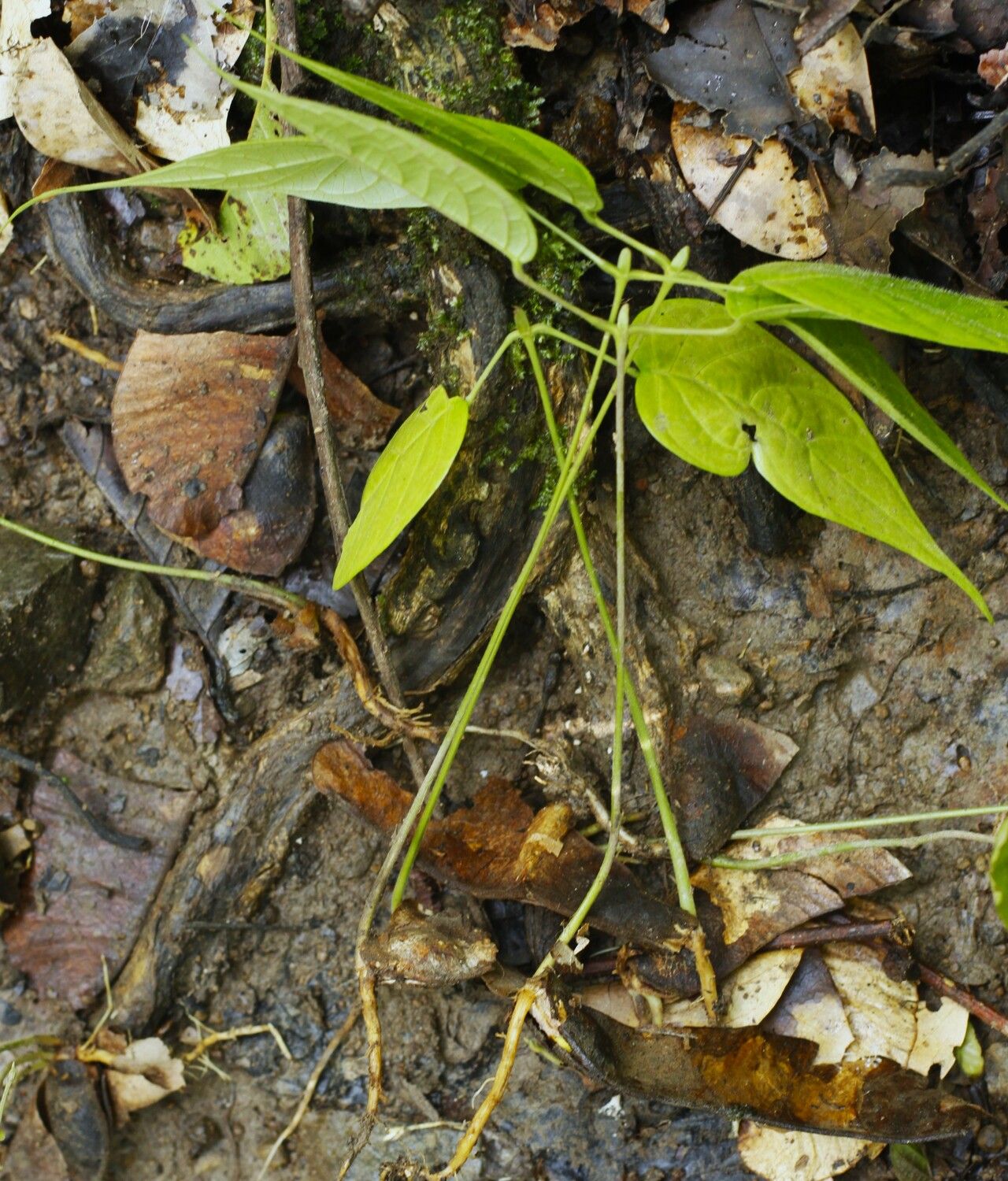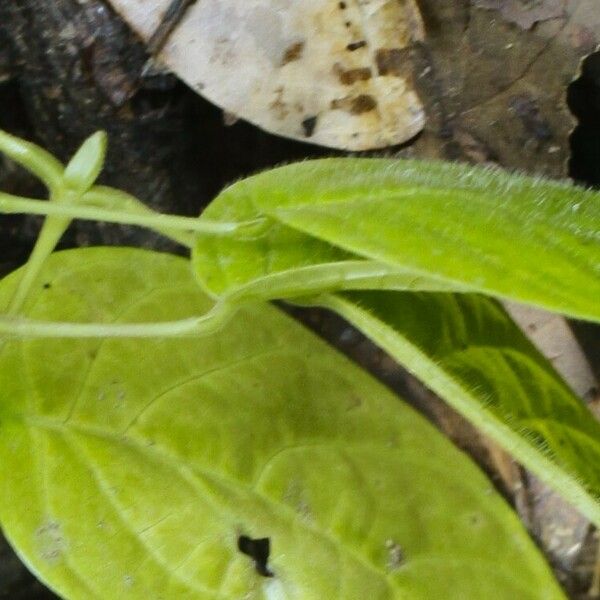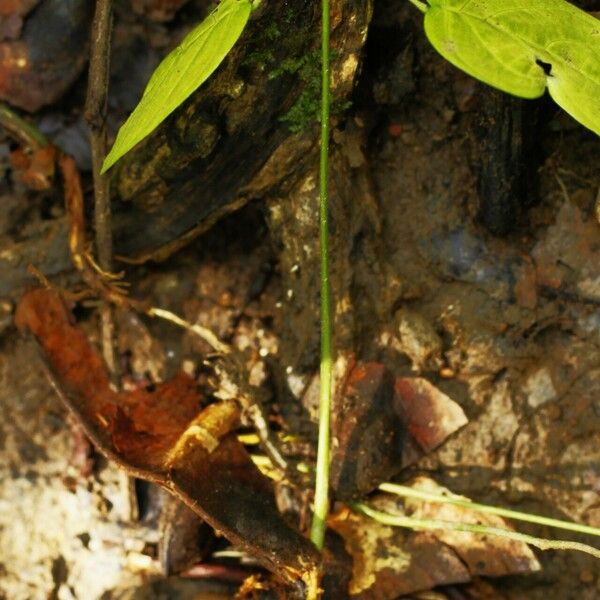Obserwacja
Oznaczenie
Proposed determination
Suggest another determination
You don’t agree with the suggested species but don’t have another suggestion
Komentarze
Dodatkowe dane
Data założenia
14 gru 2023
Ostatnio przeglądane
19 gru 2023
Rhino Food Trail, Tabin Wildlife Reserve, Sabah.
*ID uncertain!
Habitat: Observed on the trail developed by BORA Wildlife Station. The forest has a mix of majestic emergents, main canopy species (~30 m), & liana like Spatholobus. The species is reported to be common in primary & secondary forests.
Habit: Being a large woody liana, only seedlings & side shoots are visible near the forest floor. It is said to have flattened, twisted stems that produce deep red sap droplets when cut.
Plant description:
*The pair of small, interpetiolar, oblong stipules are erect & observed easily on seedlings. The minute stipulule pairs are sometimes observed at the base of the leaflet petiolules.
*The seedling leaves are unifoliate, although mature leaves are reported to be trifoliate. The lamina is ovate with rostrate tips, & the upper surfaces are covered in minute white hairs.
Note:
*The fruit pods are similar to a photographed S. maingayi specimen in Gardens' Bulletin Singapore 70(1): p. 87.
*The fruit pods are similar to Kew Herbarium & GBIF online specimens & a photographed record of S. suberectus in Scientific Data 6(113) p. 2 (species recorded from Assam to Indochina).
*The fruit pods are similar to the illustration of S. albus by Ridder-Numan (species recorded in Borneo).
*The fruit pods are similar to the illustration of S. harmandii by Ridder-Numan (species recorded from Burma to Peninsular Malaysia).
*The (seedling) leaves resemble a Kew Herbarium online specimen of S. acuminatus (recorded from India to Peninsular Malaysia).
*The (seedling) leaves vaguely match the leaf descriptions for S. harmandii by Ridder-Numan.
Shared in
Grupy (17)







